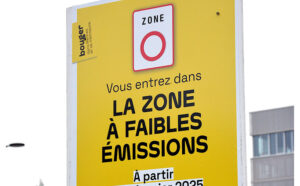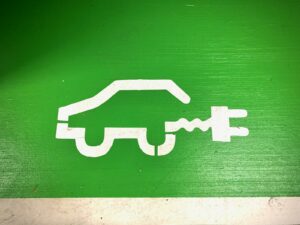A new project in Hamburg will explore the possibility of hydrogen for the aviation industry.
Liquid hydrogen (LH2) is increasingly envisaged as the future fuel for the aviation industry.
In order to investigate the effects of the use of LH2 on maintenance and ground processes, Lufthansa Technik, DLR, ZAL and Hamburg Airport are coming together to create a new development platform in Hamburg to investigate further.
Over the next two years, the experts will design and test hydrogen technology. In the first phase of the project, the researchers will aim to identify the most urgent fields of development in order to elaborate the concept for future testing.
The practical implementation will begin at the start of 2022 and will involve the modification of a decommissioned Airbus A320 aircraft.
The aircraft will be equipped with LH2 infrastructure and will be used as a fully functional aircraft at Lufthansa Technik’s base in Hamburg.
Markus Fischer, DLR deputy board member of aeronautics, said: ‘The aircraft of the future are lighter, more efficient and fly with alternative propulsion concepts.
‘Hydrogen will play an important role in this. We need to learn – promptly and in detail – the requirements on aircraft and maintenance of real-world operation with hydrogen on the ground.
‘In the project, we are using this data and experience to develop digital models for ground processes. These digital process twins can then be used directly in the design of future-oriented and yet practicable aircraft configurations.’
Roland Gerhards, chief executive officer of ZAL GmbH, added: ‘The development of a field laboratory and a digital twin are important components of Hamburg’s Green Aviation Technology Roadmap.
‘They were developed together with the members of the Hamburg Aviation Cluster last year to strengthen Hamburg’s competence in research and development in a European context.
‘We thank the city of Hamburg for its support in now jointly implementing this location strategy for the development of future LH2-powered aircraft.’
Photo by Daniel De Ciantis
















Ammonia ( hydrogen + nitrogen ) is better, the energy density is higher 12.7 MJ/Litre than liquid hydrogen 8 MJ/Litre and ammonia is only compressed to 10 bar or cooled to -33 °C, so it is cheaper to store and transport than hydrogen gas transported at 250 bar or 500 bar not 350 or 700 bar which is the vehicles fuel tank compression and liquid hydrogen -253 °C, Reaction Engines which is developing the SABRE hydrogen air breathing rocket for space planes that will burn using oxygen in the air up to Mach 5.4 and use liquid oxygen to travel up to Mach 25, joint study with STFC in 2020, Reaction Engines, STFC engaged in ground-breaking study on ammonia fuel for a sustainable aviation propulsion, which you can read on the Reaction Engines website News Page 2, the press release mentions the Airbus A320 and Boeing 737 airliners, the researchers think ammonia will fit in kerosene wing tanks and it could be possible to retrofit existing jet engines to burn ammonia using Reaction Engines heat exchangers and STFC catalyst to crack ammonia into hydrogen. Reaction Engines Dr Helen Webber has joined the FlyZero project to develop a UK zero-carbon emission aircraft by 2030.